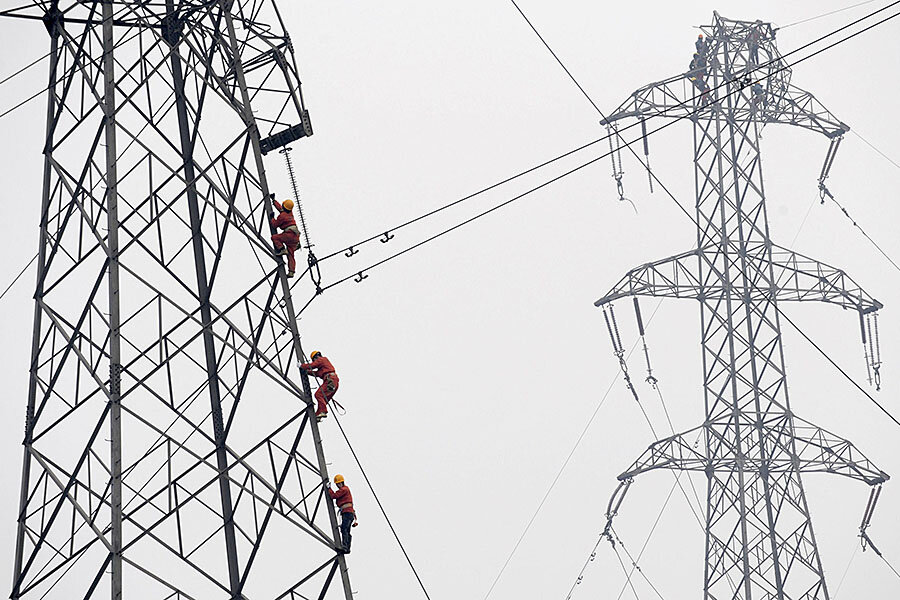Why future superpowers will run on super batteries
Loading...
| WASHINGTON
Few people think much about the battery in their smartphone, tablet, media player or laptop until automated warnings and glowing red icons let them know they’ve burned a little too much of the midnight oil.
New technologies, however, are making the nightly recharging ritual a rare event. And a global race is underway to find the great white whale of 21st century energy: the elusive next-generation super battery.
The impact of such radically improved energy storage does not end at consumer convenience. A super battery could radically reorient global geopolitics, experts say, giving an enormous advantage to whichever company – or country – develops the cheapest, most efficient and most sustainable way to store electricity.
Research institutions across the globe, like the Massachusetts Institute of Technology and Nanyang Technological University in Singapore, are pouring money into fuel and electric cell studies, hoping to be at the forefront of the race. Among the state-supported laboratories in America, the Joint Center for Energy Storage Research (JCESR) at Argonne National Laboratory in Illinois is a leader in super battery research.
“Electricity is an on-demand product,” Jeff Chamberlain, executive director of JCESR, said at a conversation hosted by the Atlantic Council in Washington Monday. In other words, most electricity we consume is generated at the moment we need it, or soon before. Supply must constantly keep up with demand, but better batteries could help better balance the load. They might also help insulate electricity markets from volatile global fuel prices.
If a super-battery could be developed, Mr. Chamberlain argued, countries like the US could further scale back dependence on unstable and despotic regimes in the Middle East.
Steve LeVine, a journalist at Quartz and author of “The Powerhouse: Inside the Invention of a Battery to Save the World”, likens developments in energy storage to the recent shale revolution, which has unlocked tremendous amounts of North American oil and gas. American exploitation of domestic shale oil reserves “has put OPEC into chaos,” Mr. LeVine said at Monday’s panel.
Major improvements to the current lithium-ion model, he added, would likely do the same, though their impact would be felt further east.
By Chamberlain’s reckoning, the total available market share of lithium ion batteries will weigh in at $15 billion this year, a boom primarily concentrated in Asian countries like Japan, China and South Korea. Even as American companies scramble for a piece of the pie, LeVine said, most of the serious momentum remains far from U.S. shores.
“The Steve Jobs’s of the battery world are in Asia,” he said.
Some are concerned that American science is falling behind its main competitors. Many American tech companies have moved slowly thus far because of the significant risk involved in a market dominated by venture capital, Chamberlain said. He contrasted this sluggish commercial response with some East Asian nations.
“Risk is socialized through public investment,” Chamberlain said of the Asian model. The US is unlikely to keep pace, Chamberlain said, unless the US devotes more resources to the technological pursuit.
Such predictions however, have not dampened an emerging Western resolve to build a better battery that resists the type of physical degradation that affects most currently on the market. Everyone from Richard Branson to General Motors to Audi is hopping on the battery bandwagon.
According to Chamberlain, several well-heeled companies have come knocking at Argonne’s door in the past few years, looking for a way into the battery world’s exclusive race to the top. With so much interest materializing so quickly, many investment banking groups are now wondering if they’ve missed the most important boat of the decade. Chamberlain and LeVine however, are not so fatalistic.
“It’s not too late, it’s also not too early,” Chamberlain said.
“The tipping point is within sight,” LeVine added.
This article was produced in collaboration with Northwestern University's Medill School of Journalism.





